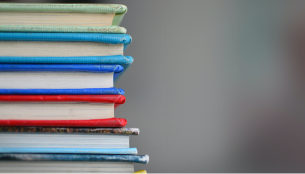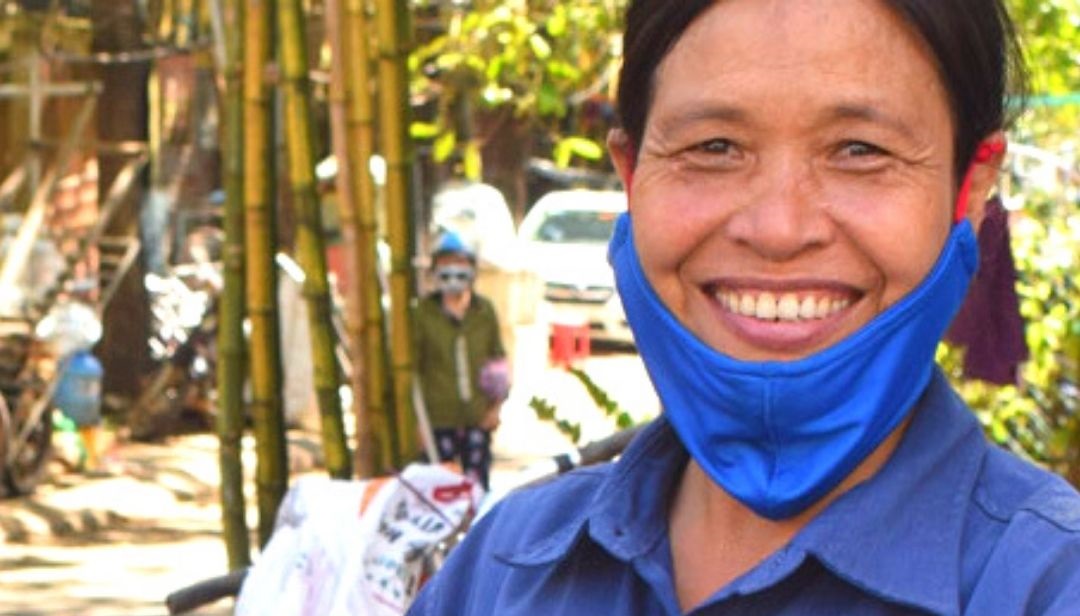Pou Chen Green World Kindergarten
Pou Chen’s Green World Kindergarten, owned by Pouchen Co., Ltd, is a project designed and constructed with the philosophy of environmental sustainability, a prototype of the sustainable education space in tropical climate. Passive design methods are comprehensively applied in this two-storeys building including a green roof, louver for shading, natural ventilation and daylighting. Especially, the project has used recycled materials, water recycling, solar water heating and other sustainable solutions.

With the Vietnam Green Building Council (VGBC)’s Rating Tools (LOTUS), the project identified a specific pathway to ensure that it is developed to the highest specification while retaining the lowest environmental impacts. Under LOTUS Green Building rating scheme of VGBC, the project is a strong LOTUS Silver with 94 points achieved, among which are 88 credit points in different categories and 6 innovation points for significant enhancement in energy performance, water use reduction, green roof, use of recycled construction waste and use of local material. According to the interviews with the experts of Vo Trong Nghia Architecturer Group who designed the Pou Chen’s Green World Kindergarten, the project uses recycled CDW (crushed concrete, bricks) from demolished building works in the locality as ground materials for the playing field. One local company who signed the contract for treatment of CDW with the owners of demolished buildings in the locality has collected the CDW from demolished buildings, transported the recyclable materials (concrete, bricks) to the recycling site for crushing, and then sold the crushed CDW to be used as backfilling materials to the project contractor at the reasonable price. This practice helps to ensure that the recycled CDW can be reintroduced at their highest value which reduce the demand for new primary materials. From greenhouse gas (GHG) emissions perspective, the indirect CO2 emissions from electrical energy used for crushing machine for processing of recycled materials might be also much lower (30-40%) than those required for production of use of the virgin materials. By conserving resources that were already embodied into the recycled CDW such as material, labour, energy, and capital, the use of this recycled CDW in the project will bring saving of resources from the perspective of circular economy.












